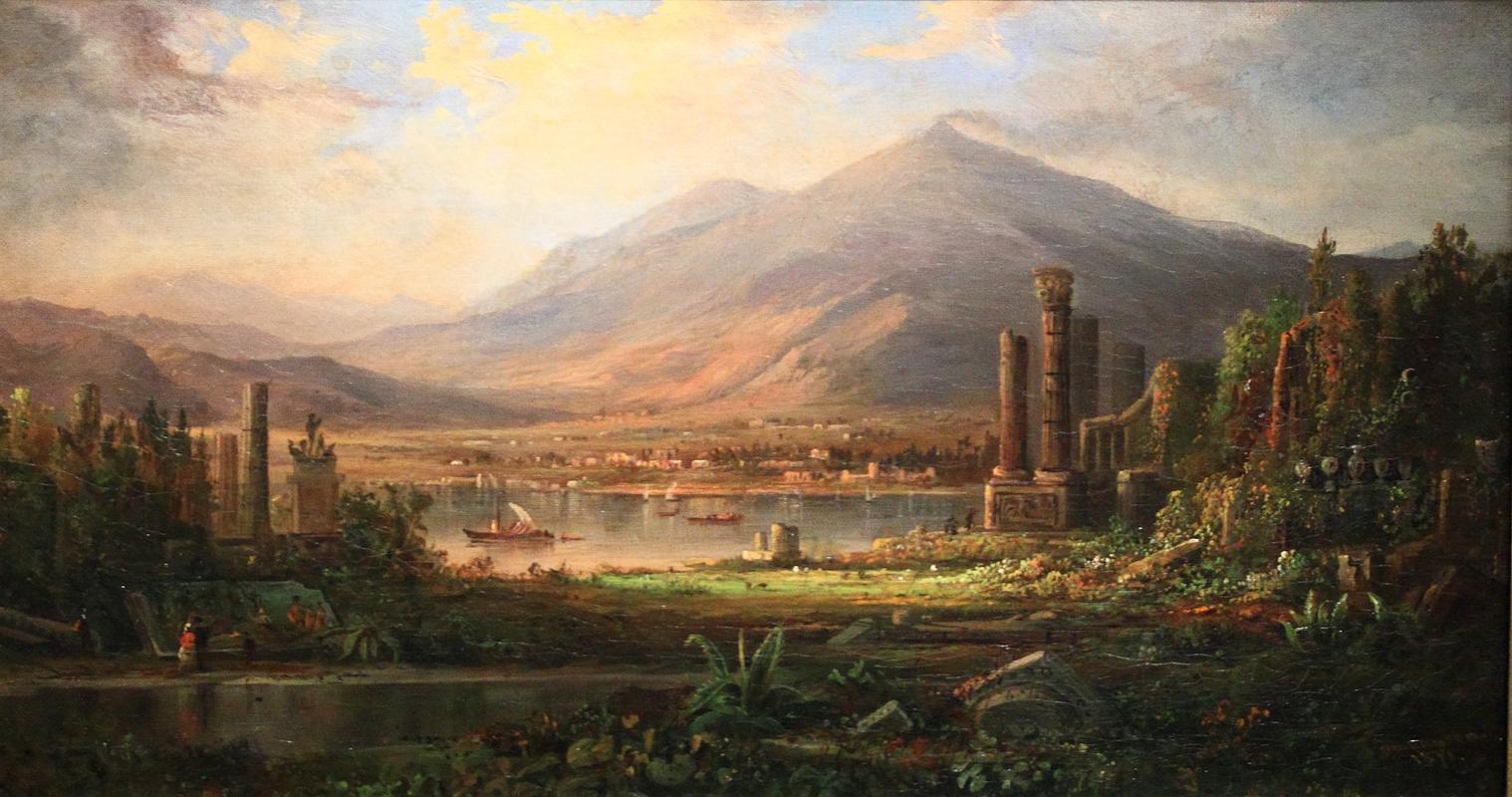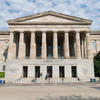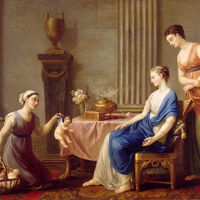More about Pompeii
- All
- Info
- Shop

Contributor
In the year 79 CE, the Roman city of Pompeii was wiped from the face of the earth by a volcanic eruption.
Little did the residents of Pompeii know, they had built their thriving port city within five miles of a 4,000-foot volcano. To the city, Mt. Vesuvius was merely an added ornament to their already beautiful scenery. The volcano lay north and slightly inland, while Pompeii had a stunning view of the Gulf of Naples, which provided the city with a flourishing export and import economy. In ancient times, the city was much closer to the gulf and the Sarno, a major river in Italy which runs through southwest; now, however, in part due to the major eruption in 79 CE, the area is completely inland.
The 1st century was an awesome time to be a Pompeiian. The town itself was about 3 square kilometers (roughly 1.8 miles for all my Americans) but had a whopping 10-12,000 population. The area outside the city proper was surrounded by some ancient “burbs,” hundreds of farms, and numerous lavished villas for the Kardashians and Jeff Bezos of the Roman empire, which added an additional 24,000 people to the Pompeian population. Not only was Pompeii one of the most important port cities in the Gulf of Naples, but it had a thriving agriculture industry which bolstered their exportation. The area produced olives and olive oil, wine, wool, fish and fish by-products, salt, walnuts, figs, almonds, cherries, apricots, onions, cabbages, and wheat.
While many sources refer to Pompeii as a town, I would have to argue that it was a city because they had more business and community buildings packed into less than 2 square miles than any modern town. The main attractions included the basilica (the center for the court of law and commerce), the Schola Armaturarum Juventus Pompeiani (the Roman gladiators’ headquarters for the region), and a 20,000 seat amphitheater in which you watched gladiators fight to the death. Common buildings consisted of temples, barns, pottery houses, exercise facilities, flower nurseries, markets, brothels, amphitheaters and sprinkled in between were hundreds of shrines for the Roman gods. So you could grab some flowers for your favorite prostitute, knock back some liquid courage at a bar, pray for forgiveness at a shrine and get laid all in a couple of blocks. What more could you need?
Early February 62 CE marked the beginning of the end for the city of Pompeii. On that day, a 7.5 earthquake hit the area and the majority of the buildings in the city were completely destroyed. The earthquake was so large that it damaged parts of the city of Naples, which lay 20 miles away. For comparison, the famous 1906 earthquake “The Great Quake” that seriously damaged nearly 80% of San Francisco and killed an estimated 3,000 people was a 7.8 on the Richter scale. The death toll for Pompeii was in the thousands.
Low seismic activity continued for the next decade but never on the same level as the 62 CE earthquake. Disaster seemed like it was in the past; and although strange things began to happen in area in the months preceding the eruption of Mt. Vesuvius, like multitudes of fish floating up to the surface of the Sarno dead or wells spontaneously going dry, life was quite normal for the Pompeians who had just finished rebuilding the city.
On the morning of the 24th of August 79 CE, a tremendous bang rang through the area, signaling that the magma that had been building up for thousands of years under the surface had broken through Mt. Vesuvius. While it was quite loud and some fire did shoot from the top of the mountain, the residents of Pompeii did not think much of the occurrence. (This is like the point in a scary movie when something suspicious happens and the main characters just go ‘huh’ and shrug it off and you're like ‘get the f*ck out of there!') Then at midday, a much bigger explosion sent an enormous mushroom cloud of smoke and volcanic ash in the air that rose almost 27 miles into the sky. To give you an idea of how powerful this explosion was, it has been calculated to have been 100,000 times stronger than the nuclear bomb that destroyed Hiroshima during WWII.
Hours later an even larger explosion blew off the entire top of the mountain. At this point, the ash that was falling upon the city of Pompeii went from a light dusting to the weight of large stones. The gigantic column of ash almost left the stratosphere and entered space. This final explosion was quickly followed by six “pyroclastic surges” which were torrents of superheated ash and poisonous gases that rushed down the mountain at the rate of 100 miles per hour. It was these surges that ultimately covered and baked the bodies of anyone in its path, giving us the perfectly preserved “mummies” of Pompeii that are so famous today.
The site of Pompeii has fascinated the world for over two centuries, enticing people such as Mozart and Goethe. But what most people don’t know is that Mount Vesuvius hasn’t erupted since 1944 and is long overdue. The pressure is building up under the surface of the earth just as it did thousands of years ago; however, this time there are almost 3 million people living within a close radius of the volcano.













